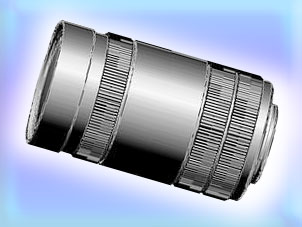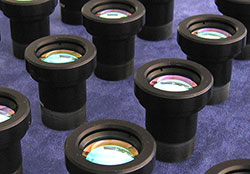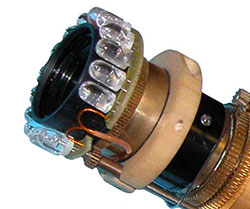New website launched
 Resolve Optics has launched a new website. Managing Director of Resolve Optics - Mark Pontin commented "The purpose of our new third generation website is to provide information to demonstrate how 'designed-for-purpose' specialist lenses are often the best solution for engineers and designers looking to enhance the performance, broaden the application capabilities, reduce the size or improve the visual appearance of their product". Located at www.resolveoptics.com the website offers fast and easy access to case studies, articles, capabilities video and back issues of the company newsletter to provide an informative introduction to the company’s OEM lens design and manufacture service. Resolve Optics has launched a new website. Managing Director of Resolve Optics - Mark Pontin commented "The purpose of our new third generation website is to provide information to demonstrate how 'designed-for-purpose' specialist lenses are often the best solution for engineers and designers looking to enhance the performance, broaden the application capabilities, reduce the size or improve the visual appearance of their product". Located at www.resolveoptics.com the website offers fast and easy access to case studies, articles, capabilities video and back issues of the company newsletter to provide an informative introduction to the company’s OEM lens design and manufacture service.
Go to website |
|
In the pipeline
 Resolve Optics Ltd is currently designing a new Model Z3 – an ultra compact 3x High Definition (4k) Zoom lens for 2/3-inch cameras.
Providing users with 4k resolution throughout its range of operation - the Model Z3 is just 73 mm long, 40mm diameter and much lighter (<450g) than other comparable zoom lenses. Resolve Optics Ltd is currently designing a new Model Z3 – an ultra compact 3x High Definition (4k) Zoom lens for 2/3-inch cameras.
Providing users with 4k resolution throughout its range of operation - the Model Z3 is just 73 mm long, 40mm diameter and much lighter (<450g) than other comparable zoom lenses.
The high performance f/2.8, 3x tracking zoom, on the Model Z3 ensures the image stays in focus throughout the zoom travel. The Model Z3 is also able to focus upon objects from 200mm to infinity. A novel design camera mount cleverly incorporates topside and back focus adjustment so that the lens can quickly and easily be set-up on any 2/3-inch format camera.
For further information on the new Model Z3, lens, please contact Resolve Optics on +44-1494-777100 or sales@resolveoptics.com.
|







 Resolve Optics Ltd is currently designing a new Model Z3 – an ultra compact 3x High Definition (4k) Zoom lens for 2/3-inch cameras.
Providing users with 4k resolution throughout its range of operation - the Model Z3 is just 73 mm long, 40mm diameter and much lighter (<450g) than other comparable zoom lenses.
Resolve Optics Ltd is currently designing a new Model Z3 – an ultra compact 3x High Definition (4k) Zoom lens for 2/3-inch cameras.
Providing users with 4k resolution throughout its range of operation - the Model Z3 is just 73 mm long, 40mm diameter and much lighter (<450g) than other comparable zoom lenses.
